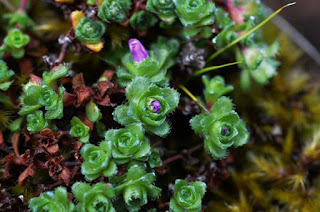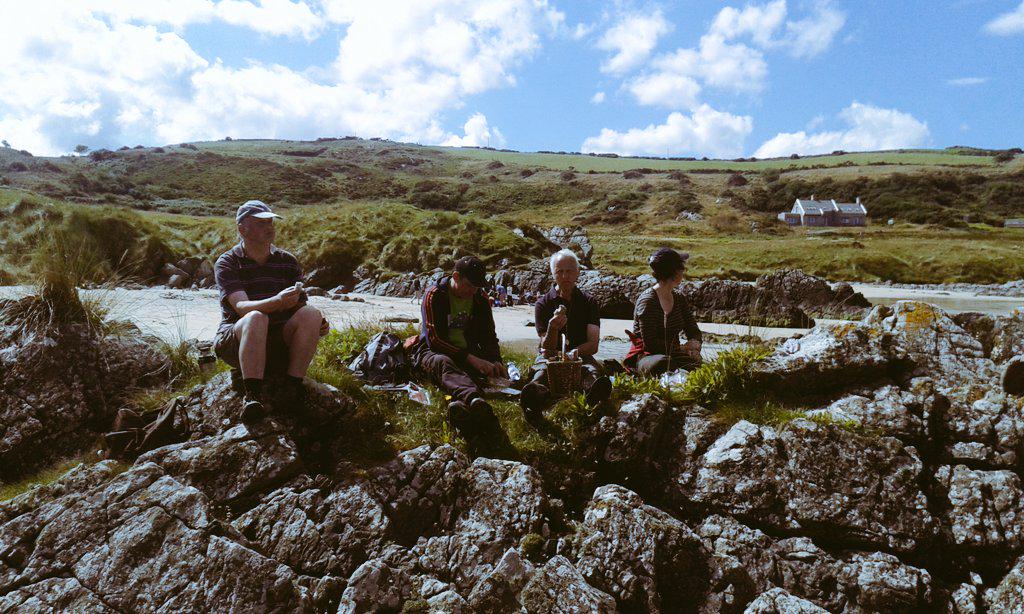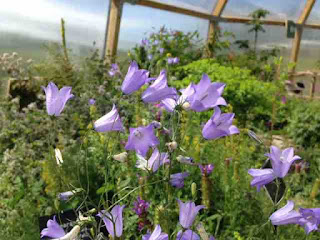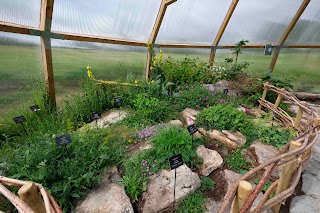 We've had a request from Amanda Clay, a 3rd year student at the University of Derby, who is carrying out research into tarspot fungus and needs our help with sample
collection. BSBI members have been very helpful in providing Oli Ellingham with leaves afflicted with powdery mildew so hopefully we can also help Amanda, who says:
We've had a request from Amanda Clay, a 3rd year student at the University of Derby, who is carrying out research into tarspot fungus and needs our help with sample
collection. BSBI members have been very helpful in providing Oli Ellingham with leaves afflicted with powdery mildew so hopefully we can also help Amanda, who says:
"Rhytisma acerinum is a fungus found throughout the globe,
most commonly in Europe and North America. It grows in the U.K on sycamore
leaves and causes the disease known as tarspot. It is easily identifiable as it
presents as very dark, black, tar like spots with a fine yellow rim. Although
it does not harm the plant it is unsightly and a high infestation of the fungus
can affect the leaves' ability to photosynthesise.
 It has long been thought that Rhytisma acerinum has been an
indicator of pollution levels. Associations between the fungi and the annual average concentration of
atmospheric sulphur dioxide, which can be estimated by calculating the number
of tar spots per unit area of leaf surface, have led to this conclusion (Bevan
& Greehalgh,1979).
It has long been thought that Rhytisma acerinum has been an
indicator of pollution levels. Associations between the fungi and the annual average concentration of
atmospheric sulphur dioxide, which can be estimated by calculating the number
of tar spots per unit area of leaf surface, have led to this conclusion (Bevan
& Greehalgh,1979).
New theories are beginning to suggest that this may not be
the case. When leaves infected with the fungus fall during the Autumn, urban
areas clear away the leaf debris, removing the source of inoculum before the
following Spring.
Rural areas, especially sheltered ones, have been seen to
have higher concentrations of infection, as they leave the fallen leaves on the
ground, allowing the fungus to wait in the soil ready to re-infect the trees in
the next season (Leith & Fowler, 1988).
 In the U.K there has not been any genetic research done into
R.acerinum. All current data on the Genbank website has come from papers
written from other countries around the globe, like the U.S and Asia. As such
it is not known whether there is a variance in the genetic information found in
varying locations throughout the U.K.
In the U.K there has not been any genetic research done into
R.acerinum. All current data on the Genbank website has come from papers
written from other countries around the globe, like the U.S and Asia. As such
it is not known whether there is a variance in the genetic information found in
varying locations throughout the U.K.
A project I am undertaking at the University of Derby is
hoping to gather as many samples as possible from around the U.K, and do some
molecular work on the fungus. We hope to see if there are any spatial variances
in the pathogen, or if there is more than one pathogen causing the same immune
response from the host".
 If you come across any leaves showing signs of infestation, please send them to Amanda, attaching the GPS
co-ordinates of where the sample was collected. They can be sent in a regular
envelope, folded if needed, and sent to:
If you come across any leaves showing signs of infestation, please send them to Amanda, attaching the GPS
co-ordinates of where the sample was collected. They can be sent in a regular
envelope, folded if needed, and sent to:
Amanda Clay, 43 Station Road, Langley Mill, Notts, NG16 4DS
Email Amanda here if you need more info.
References:
Bevan, R.J. &
Greenhalgh, G.N. (1976) Rhytisma acerinum as a biological indicator of
pollution. Environmental Pollution, volume 10, issue 4, pages 271-285.
Leith, I.D. & Fowler, D., (1988) Urban distribution of
Rhytisma acerinum (Pers.) Fries (tar spot) on sycamore. New Phytologist, volume
108, issue 2, pages 175 -181.








 Mairéad Crawford
Mairéad Crawford 










